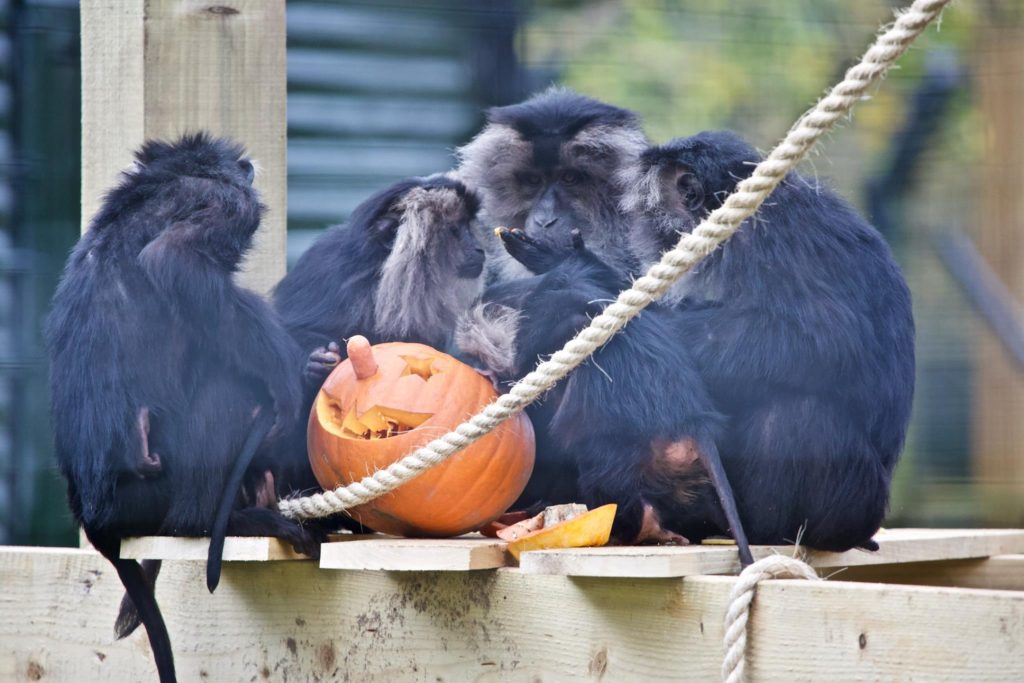They are the 1 million lucky ones.
The California Department of Fish and Wildlife released 1 million state- and federally-listed threatened spring-run Chinook salmon into the Feather River to start their journey downstream.
These were the first fish to be released after being evacuated from the Feather River Hatchery in Oroville back on Feb. 9 when the Oroville Dam spillway failed leaving the water “dangerously murky” for the fish.
They were held at the Feather River/Thermalito Annex Hatchery until conditions improved, and on Monday, the National Oceanic and Atmospheric Administration and National Marine Fisheries Service helped in the historic release.

Chinook salmon numbers have declined considerably during the recent drought and the the Feather River Fish Hatchery plays a “key role” in the California’s efforts to preserve the species.
“Today’s fish release marks the success of federal and state agencies coordinating and managing valuable resources while ensuring public safety during a crisis situation,” Howard Brown, NOAA Sacramento River Basin Branch Chief said in a statement. “NOAA Fisheries remains deeply concerned with the damage of the Oroville spillways and is committed to reducing further threats to California communities and ecosystems.”
Of the fish that were evacuated, another million spring-run Chinook and three million fall-run Chinook remain at the Annex Hatchery. When mature enough, they will be placed in northern California rivers.
Officials are continuing to protect the Feather River and its fisheries.
“This is another example of the extraordinary multi-agency effort to respond to this unfortunate incident,” California Department of Water Resources Acting Director Bill Croyle said in a statement.

And, what percentage of these fish will return to the spawning grounds or hatchery?
“Typically only about 1 percent of Salmon return,” the department said. “All of these fish are code wire tagged to we’ll have good science on their return, in three years when they come back.”
Photos California Department of Fish and Wildlife/Facebook




